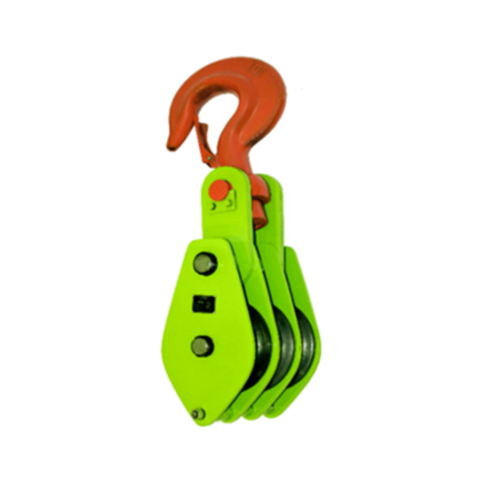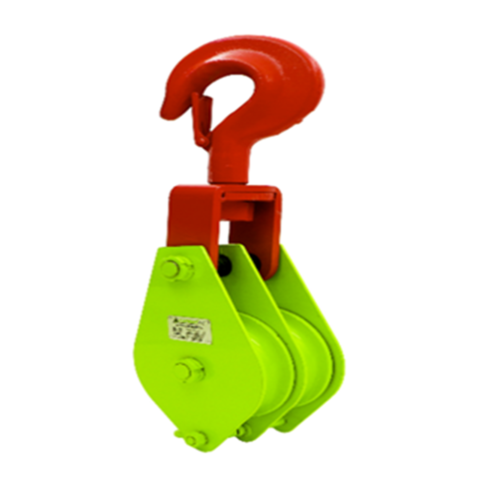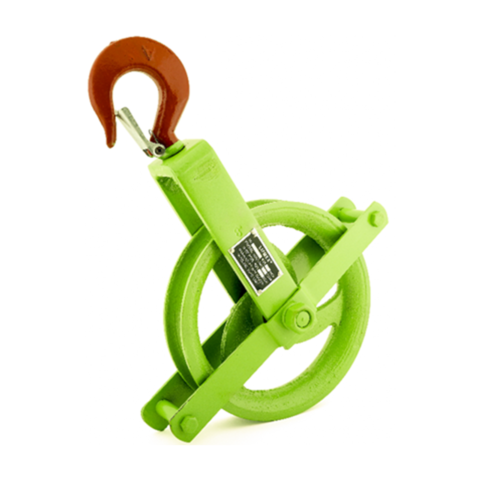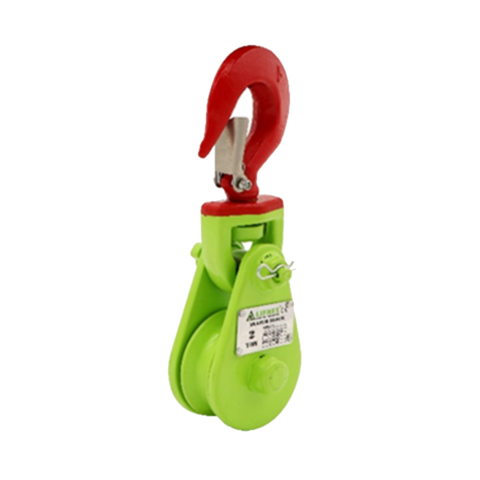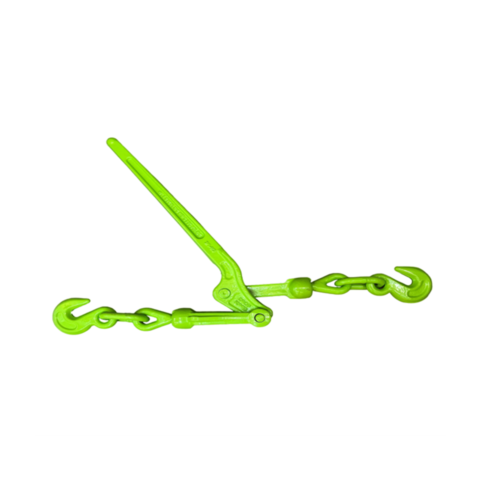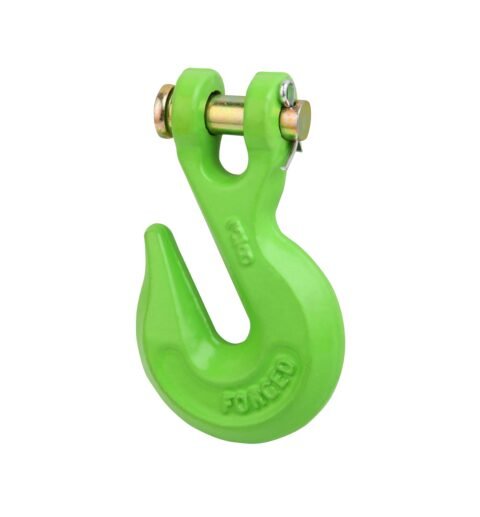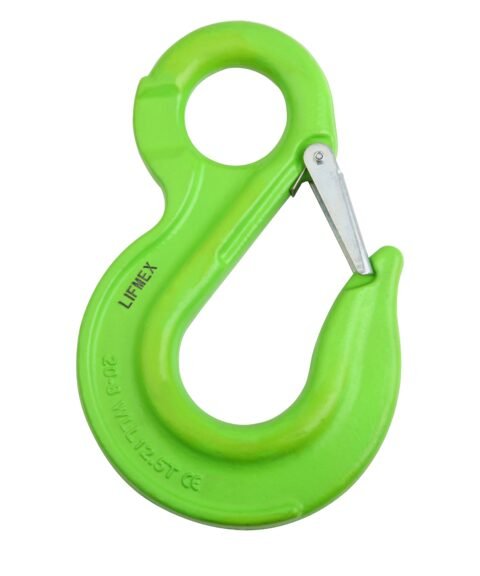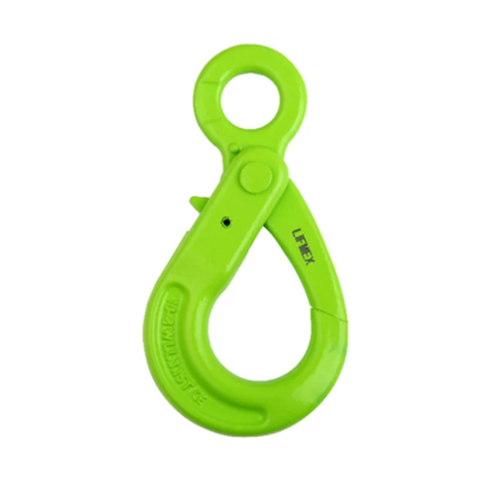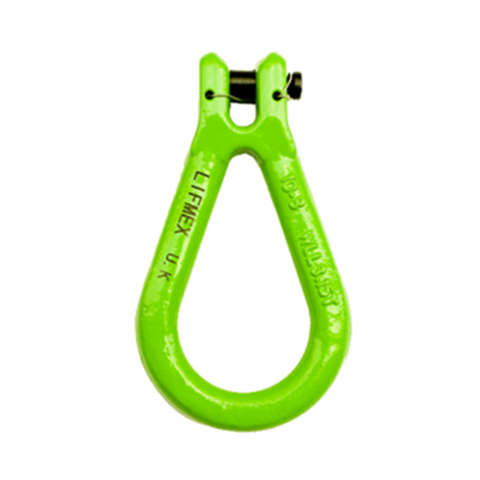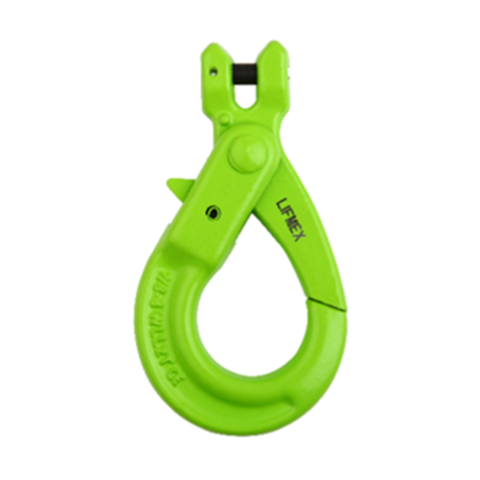Product categories
- Material Handling Equipment(63)
- Pallet Trucks(15)
- Forklift(2)
- Mechanical Duct Lifter(1)
- Stackers(10)
- Order Picker(1)
- Platform Lifts(4)
- Hydraulic Scissor Lifting Table(1)
- Drum Grab & Drum Trolley(4)
- Trolleys & Carts(7)
- Prestar Trolley(18)
- Lifting Equipment(39)
- Clamps(6)
- Beam Clamp(1)
- Horizontal Clamp(1)
- Pipe Lifting Clamp(2)
- Vertical Clamp(2)
- Hoist(7)
- Trolley(2)
- Geared Trolley(1)
- Plain Trolley(1)
- Winch(5)
- Drum Lifter(4)
- Lifmex(4)
- Digital Crane Scale(1)
- Gantry(1)
- Mechanical Jack(1)
- Spring Balancer(1)
- Permanent Magnet Lifter(1)
- Hand Puller(1)
- Electric Wire Rope Hoist(1)
- Mini Electric Wire Rope Hoist(1)
- Ratchet Puller(1)
- Tirfor(1)
- Wire Rope Grip(1)
- Other Products(4)
- Clamps(6)
- Rigging Equipment(52)
- Shackle(4)
- Hooks & Accessories(22)
- Snatch Blocks(2)
- Gin Wheel Block(2)
- Commercial Snatch Block(3)
- Load Binder(2)
- Chain(3)
- Wire Rope(4)
- Turnbuckle(1)
- Comercial & Other Rigging Accesories(8)
- Pressing Machine(1)
- Safety Equipment(40)
- Fire Protection Equipment(1)
- FORKED LANYARDS(1)
- Lifting Slings(4)
- Accessories(12)
- Fall Arrester(4)
- Fire blanket(1)
- Safety harnesses(5)
- Nets(2)
- Ropes(6)
- Tarpaulin(3)
- Tent(1)
- Ladders(10)
- Aluminium(4)
- Fibreglass(3)
- Rope(1)
- Scaffolding(1)
- Domestic Ladder(1)
Material Handling Equipment Suppliers in UAE
52Products found
Filter
-
SNATCH BLOCK SHACKLE
- A Snatch Block Shackle Type is a type of snatch block that uses a shackle to attach the block to a fixed point or another piece of rigging equipment. This type of snatch block is often preferred in situations where a hook might not be the most suitable attachment point or where additional security is desired.
-
Lever Type Load Binder
- A Load Binder Lever Type is a mechanical device used to secure and tighten heavy loads, such as chains, ropes, or straps. It provides a quick and efficient way to apply tension and prevent slippage.
- While Lever-type Binders are easier to operate than Ratchet-type Binders, they may not provide as much tensioning force.
-
G80 European Type Eye Self-locking Hook
- A G80 Eye Self Locking Hook is a specialized lifting component designed to securely hold and lift heavy loads. It’s characterized by its eye-shaped design and a self-locking mechanism that prevents accidental release.
- G80 Eye Self Locking Hooks are essential tools for safe and efficient lifting operations. Their self-locking mechanism, high-strength construction, and compliance with safety standards make them a reliable choice for a wide range of applications.
-
Steel Core Wire Rope
Galvanized vs. Ungalvanized Wire Rope
- Wire Rope is a critical component in many industries, from construction and mining to marine and agriculture. Two common types are galvanized and ungalvanized wire ropes.
Galvanized Wire Rope
- Galvanized Wire Rope is made by coating steel wire with a layer of zinc through a process called galvanization. This protective zinc coating significantly enhances the rope’s resistance to corrosion, making it ideal for outdoor and harsh environment applications.
-
G80 European Type Clevis Self-locking Ho
- A G80 Clevis Self Locking Hook is a specialized lifting component designed to securely hold and lift heavy loads. It’s characterized by its clevis (U-shaped) design and a self-locking mechanism that prevents accidental release.
- G80 Clevis Self Locking Hooks are essential tools for safe and efficient lifting operations. Their self-locking mechanism, high-strength construction, and compliance with safety standards make them a reliable choice for a wide range of applications
Rigging Equipment Suppliers UAE

know more about us
Discover more about Shabbir Enterprises by downloading our comprehensive company profile. Learn about our history, core services, milestones, and how we continue to drive innovation in the industry. Get a deeper understanding of our commitment to excellence and how we can serve your business needs.
